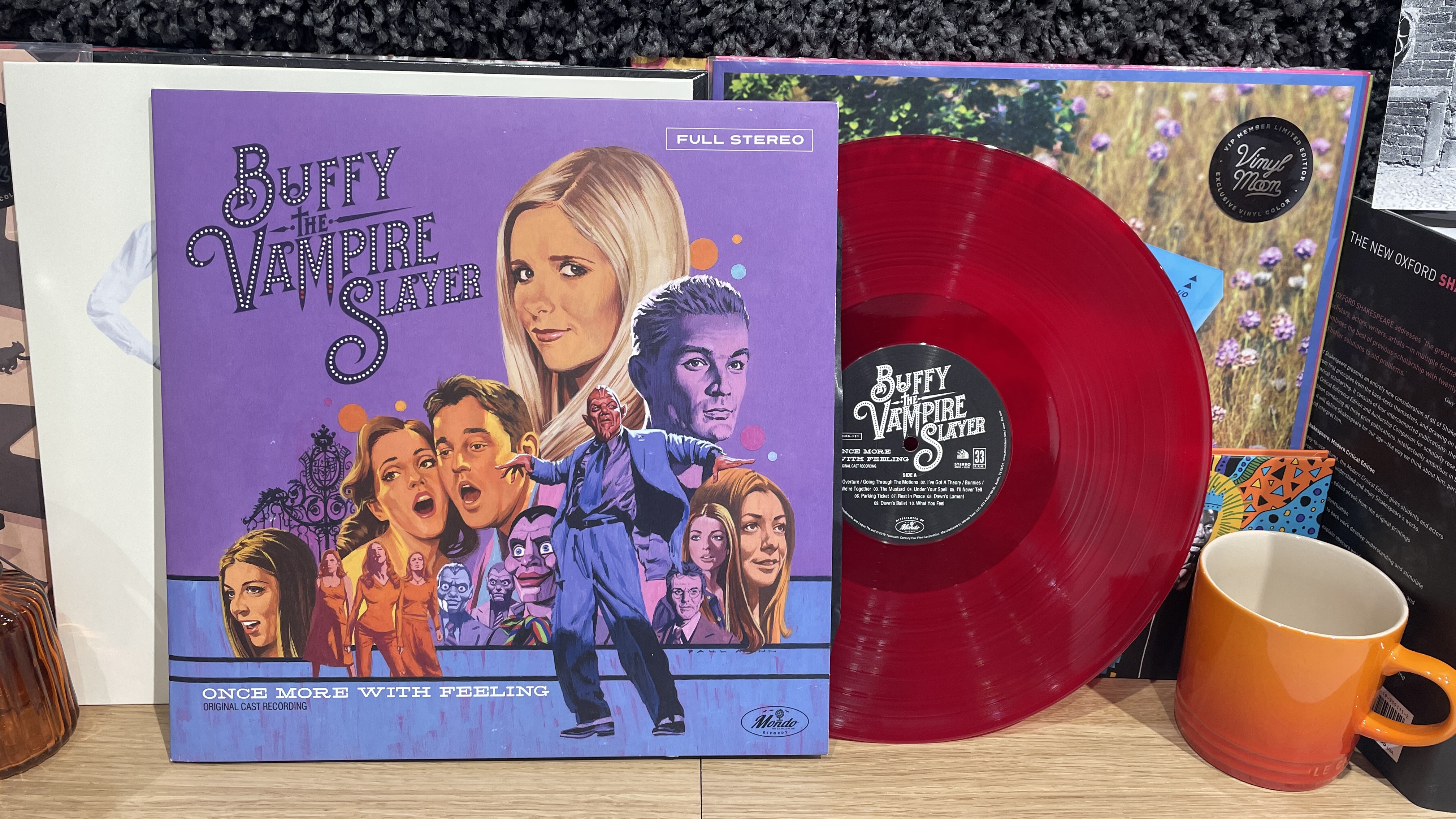Buying your first record player? Here are 8 questions you should ask yourself
A pre-purchase checklist
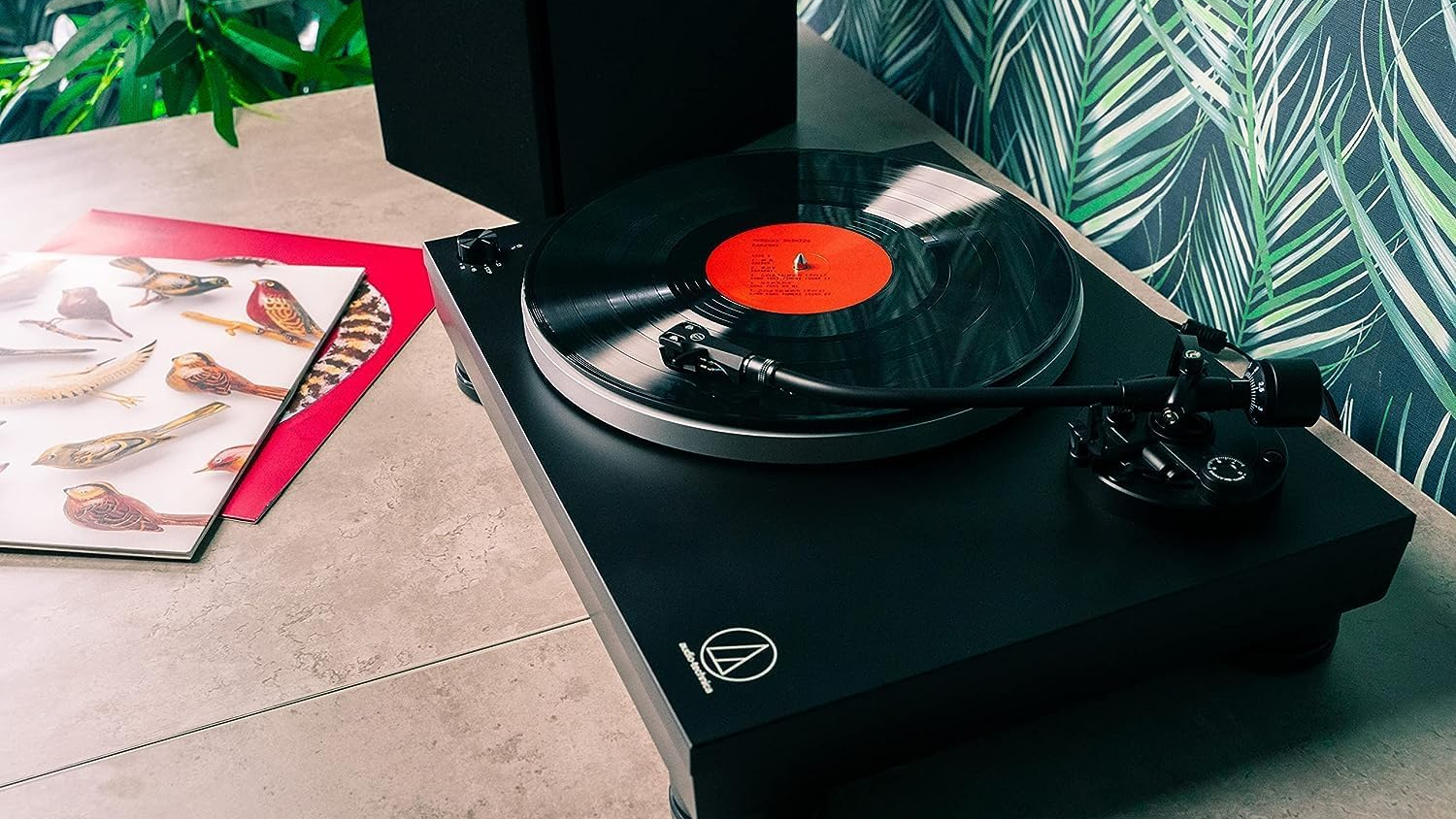
Records are back, there's no escaping it. Even major high street stores (like John Lewis in the UK) now sell records, so the vinyl revival has gone well and truly mainstream.
But of course, unless you're buying them for their artistic covers only, you'll need something to play them on.
If you're thinking of buying your first record player but aren't sure where to start, you've come to the right place.
These eight questions will help you decide what you want from a turntable, so you can whittle down your search and find the best deck for you.
1. Do I need a turntable with a built-in phono stage?
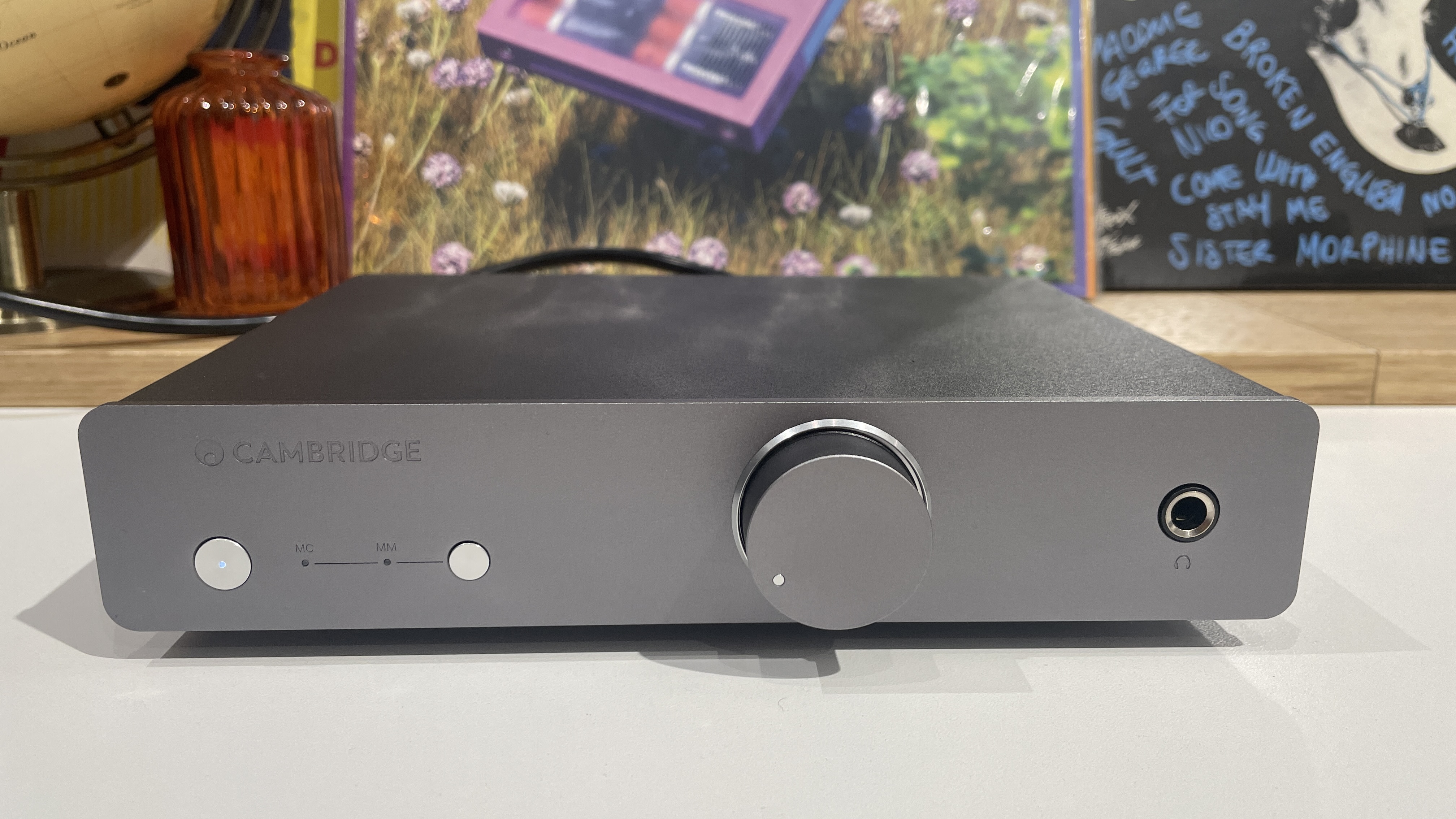
A phono stage (also called a phono preamp) amplifies the record player's signal so that it's ready for your amplifier and speakers. It also applies an RIAA equalisation curve to flatten the frequency response and give a more accurate sound reproduction.
Plenty of turntables come with a phono stage built in. If you buy one without, you'll need either an amplifier with an integrated phono stage, or a dedicated standalone phono stage to go between your turntable and amplifier in your system chain.
A record player (or amplifier) with a built-in phono stage is simpler, as it means you don't have to set up a separate phono stage. It can also be cheaper, as it means buying fewer devices. But a record player connected to a separate, dedicated phono stage will sound better.
For that reason, a phono stage built into a component you already need (a turntable or amplifier) might be a good option for beginners for whom sound quality isn't the be-all and end-all.
If you're not sure, you can always opt for a turntable with a switchable phono stage. This lets you use the built-in phono stage but also lets you add a separate phono stage if you like. This is a great option if you want to upgrade your system at a later date.
Our pick of the best phono preamps for most people is the Rega Fono MM Mk5, while those on a tighter budget, require moving coil compatibility or even a headphone stage can peruse plenty of other options.
2. What type of cartridge do I need?
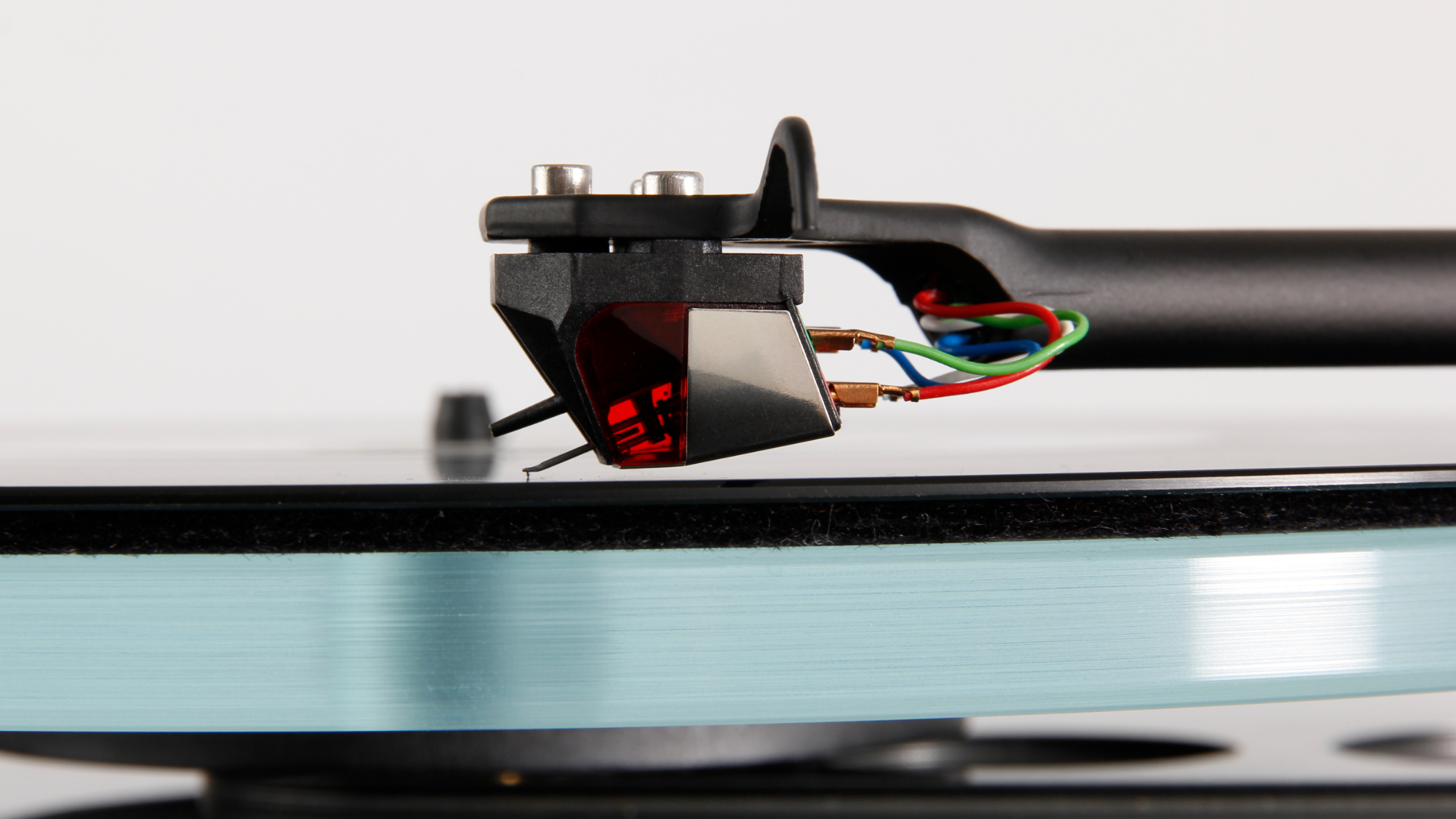
The cartridge is a crucial component – it acts as a bridge between the tonearm (which you move into position to physically start playing a record) and the cantilever (which holds the stylus).
Cartridges come in two types: moving magnet (MM) or moving coil (MC).
Most affordable turntables will be fitted with a moving magnet cartridge as standard, with moving coil becoming an option as you head into premium territory.
With a moving magnet cartridge, the magnet is fixed to the cantilever and moves while the coil of wire is fixed in place. A moving coil cartridge has a coil fixed to the cantilever, while the magnet remains stationary.
A moving magnet cartridge will usually have a higher electrical output than a moving coil cartridge (it can be 10 times higher). This can mean a punchier, more muscular sound, while moving coil cartridges tend to present a more detailed sound with more finesse.
But there are no hard and fast rules. It's just worth noting that if you are considering an MC cartridge, then you have to ensure your phono stage can handle this type and has ample loading and gain adjustments. Upgrading the cartridge on your record player can be a great way to update its performance, too.
Moving coil cartridges tend to be more expensive than their moving magnet equivalents Expect to pay around £400 / $600 / AU$700 at least for a decent MC model, while a good moving magnet cartridge can cost as little as £90 / $200 / AU$200.
- Moving magnet vs moving coil cartridges: which is right for you?
3. Will I be using headphones?
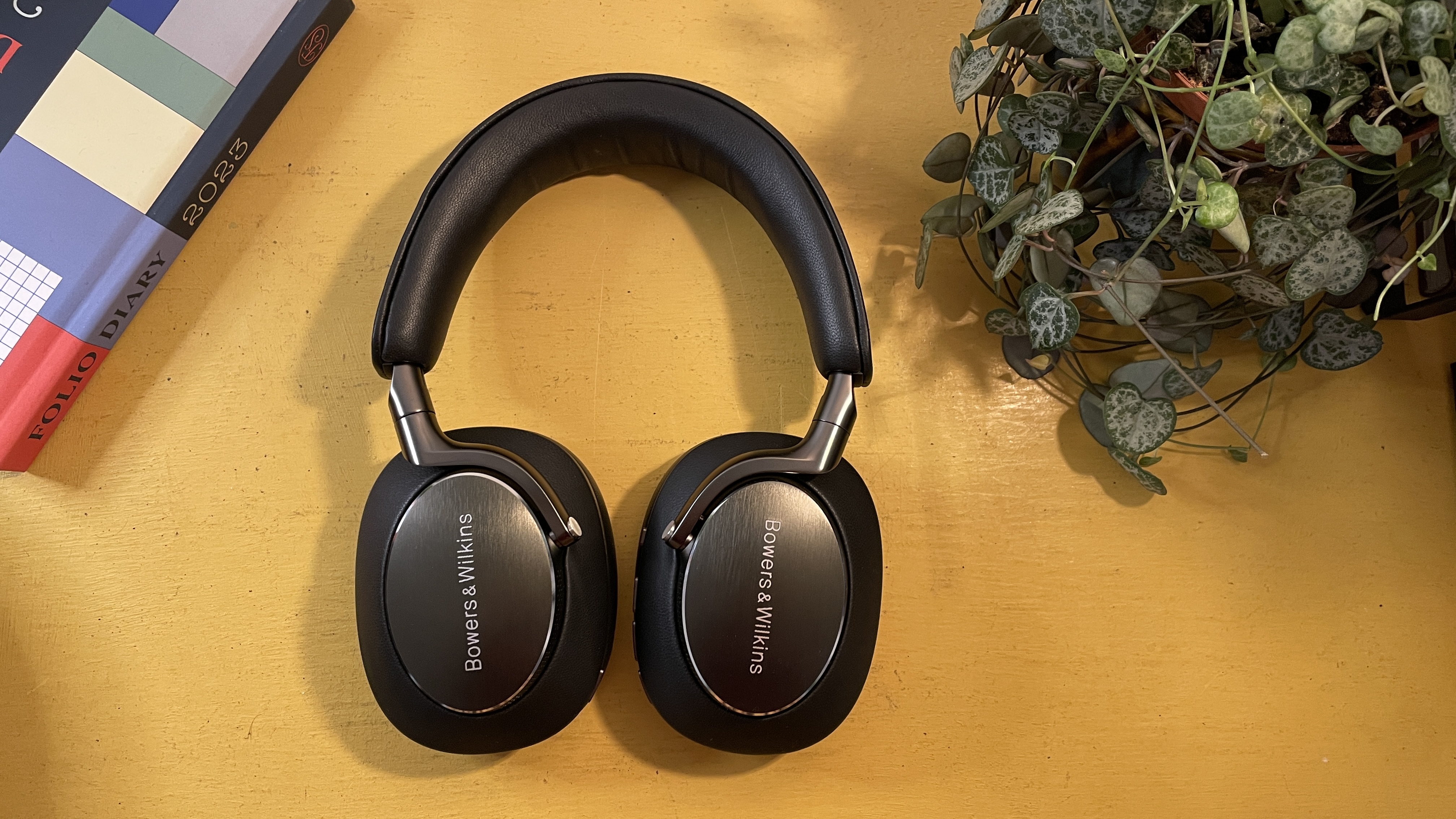
Naturally, you'll want to share your newfound love of vinyl with everyone you live with. Whether they want to hear it is another matter.
Whether they don't share your love of obscure Belgian folk music, they're trying to sleep, or they're just not in the mood, sometimes it makes sense to keep your listening personal.
Which is where headphones come in.
Not many record players have a headphone jack so that you can plug your cans in directly. The Audio Technica AT-LP60XHP is one model that does (although note that we haven't tested this model).
Crucially, this has a volume control on the record player, so you can adjust your personal listening volume. If you buy one without a headphone jack, you can still listen through headphones. It will just mean some extra investment.
Again, you'll need an external phono preamp somewhere in your system chain, as well as a headphone amplifier. The former boosts the record player's output to line level, ready for the headphone amp to amplify it to be heard through your headphones (the headphone amp should have its own volume controls).
Products that combine the two are rare, but the five-star Cambridge Audio Alva Duo phono stage (pictured above) has a headphone jack included, which is a neat solution. The most common option is to have a headphone amp and jack on your amplifier.
Or you could buy a Bluetooth model, which we'll cover next.
4. What about Bluetooth?
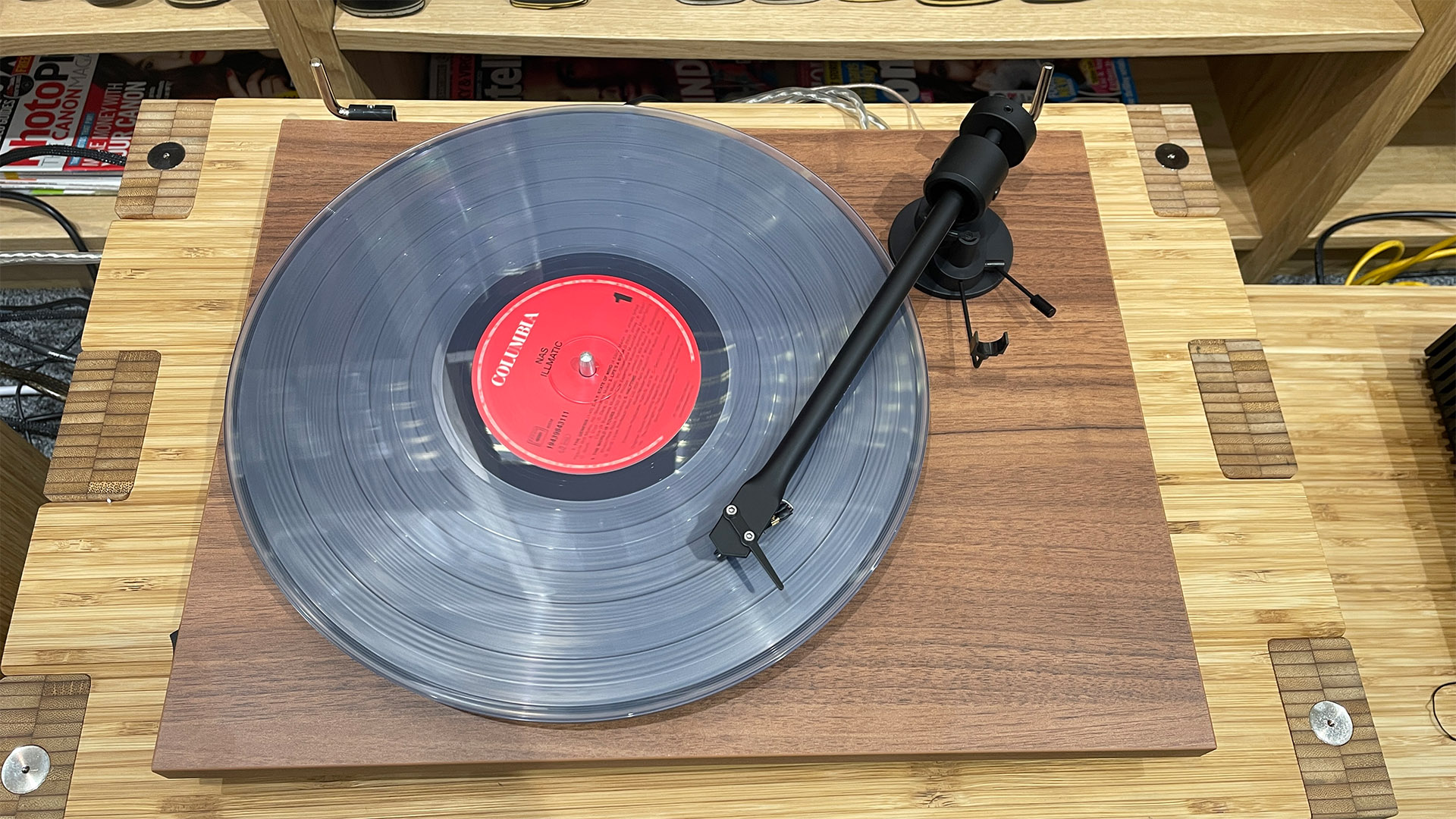
While still mostly the preserve of less 'serious' turntables, Bluetooth is becoming more common in record players. And the quality is getting better.
The beauty of a Bluetooth turntable is that there are no extra wires, a phono stage is always included, and there is no need for external components – just plug it straight into your existing amplifier or active wireless speakers.
For headphones aficionados, the music just sails through the air from your vinyl straight to your wireless headphones. Or you can connect it to any Bluetooth speaker, if you want to play it for public consumption.
Our top picks for an affordable Bluetooth record player are the new Pro-Ject T1 Evo BT, which sounds great while also delivering a smooth wireless connection, and the long-running budget Sony PS-LX310BT.
And if you want a premium turntable with Bluetooth, we recommend the Cambridge Audio Alva TT V2 model – read all about them in our best Bluetooth turntables round-up.
- Our guide to the best wireless headphones
- And the best Bluetooth speakers to share the love
5. Do I need streaming smarts?

Just because you're investing in vinyl doesn't mean you have to turn your back on streaming. Many find that the two mediums go hand in hand – vinyl for at-home listening, streaming for on-the-go, for example.
But did you know that some record players are equipped for hi-res streaming?
The Victrola Stream Onyx supports UPnP (Universal Plug and Play) streaming via Vinylstream WiFi, which allows up to 24-bit/48kHz streaming to compatible, network-enabled streaming products. Just connect it and a wi-fi-enabled speaker to your wireless network, and free your vinyl from its cabled confines.
The Pro-Ject T2 W is another such deck, which again uses UPNP. We haven't reviewed either, so can't vouch for their sound quality. But the prospect of streaming high-quality music (especially higher than standard Bluetooth quality) direct from the turntable is certainly exciting.
Again, if neither record player takes your fancy, you do have other ways to stream and even go multi-room.
Sonos' Era 300, Era 100 and Move 2 smart speakers can – with the aid of an adapter – connect to a record player to then wirelessly stream your vinyl record to other Sonos devices around your home, for example. This means kitting your home out with Sonos devices. But given the quality of its speakers, that's no hardship.
Want to go down this route? Check out our how to connect a turntable to your Sonos system article.
- Check out the best Sonos speakers
6. How much do I want to spend?
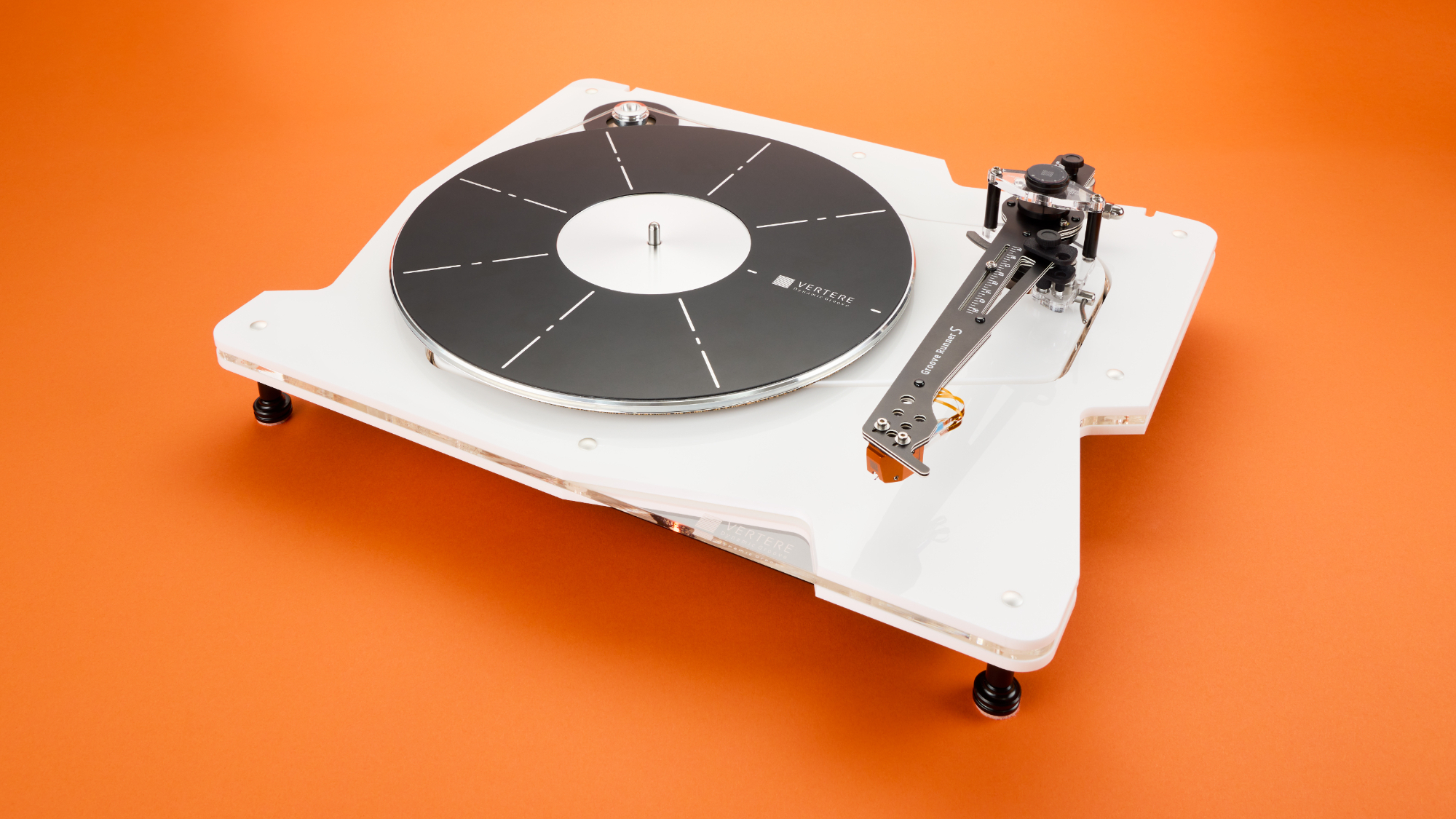
As with most audio devices, the more you spend on a record player, the better it has the potential to sound. But that doesn't mean you should automatically buy the most expensive model you can find.
If you'll just be using it for background music or the occasional dinner party, you really don't need to spend too much to get a decent sound. If it will be the centre of your listening room for multiple sessions a week, you'll want to spend a little more.
Consult our guide to the best turntables, best budget record players or best high-end record players to find a tried-and-tested model that's right for you. And don't forget to keep some budget back for extras.
Speaking of which...
7. What will I partner it with?
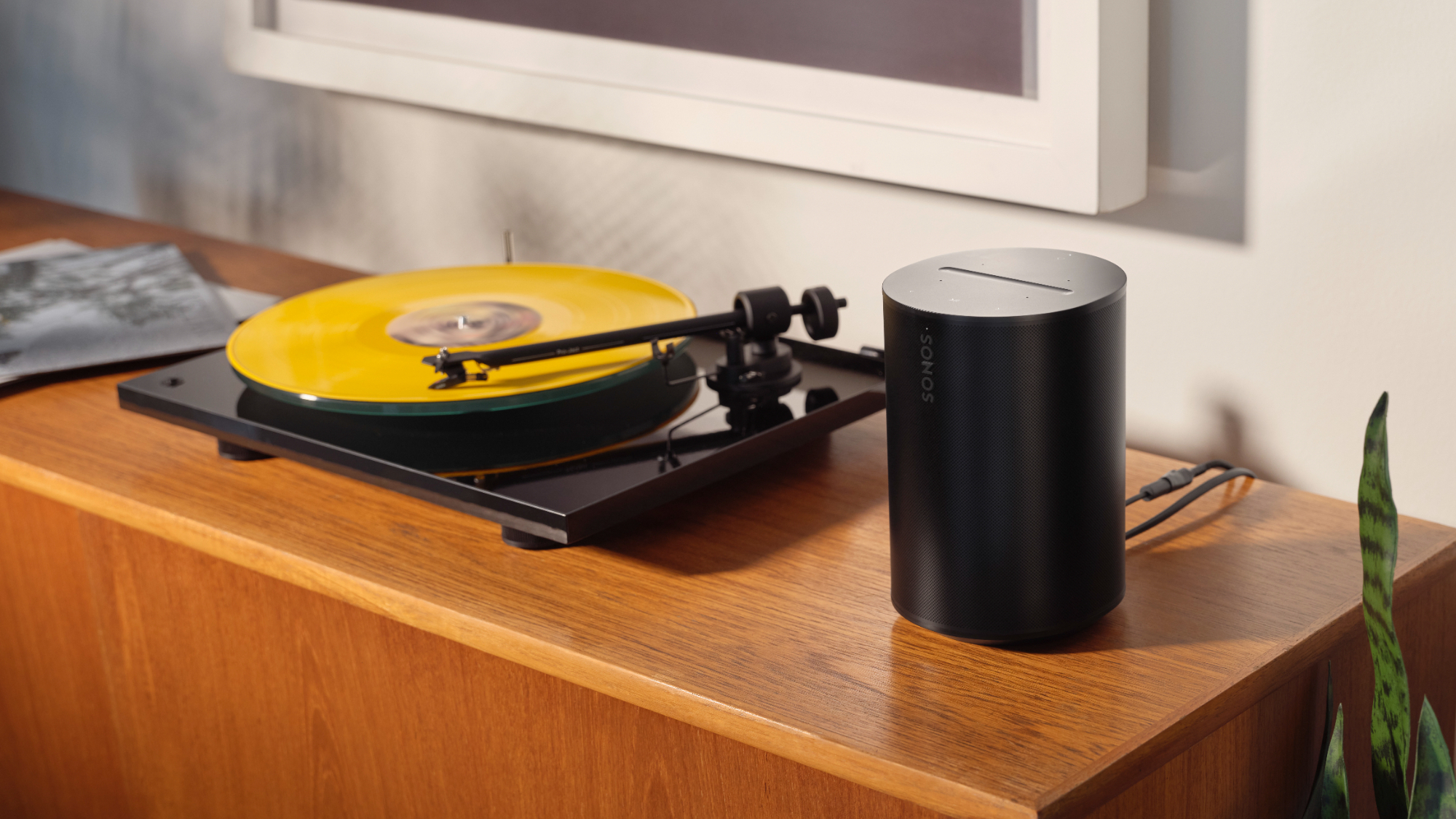
You'll need to think about which speakers you'll be using with your record player, and make sure they're compatible.
If you're buying passive speakers, you'll need a separate amplifier to power them. But powered or active speakers have in-built amplification, so your vinyl system won't need quite as many boxes if you opt for this set up.
Many active/powered speakers and all-in-one systems have phono stages built in, too, giving you more options than ever on system matching. It's pretty neat having a system comprised of purely a turntable and active speaker pair, after all.
Many people prefer the 'separates' (various components) route, as it tends to produce a better sound and lets you upgrade each component as your needs or budget allow over time.
But if you're on a tighter budget, and/or don't have too much space, a turntable connected to powered or active speakers makes a lot of sense (just don't forget about the necessary phono stage in the equation!).
Also don't forget to budget for decent speaker cables and audio interconnects (so long as your turntable doesn't have a fixed one) to really get the best out of your new record player.
- Learn more with our active, powered and passive speakers explainer
- Our best turntable speakers will guide you through the various combinations for your ideal vinyl set up
- How to set up a turntable and get the best sound
8. Where will I put it?

We don't all have personal listening rooms with acres of floorspace to fill. So it will take a bit of thought to make the best of whatever space you've got.
A record player will need a decent support – this can be a standard shelf or cabinet, as long as it's perfectly level, low resonance and positioned as far away from sources of vibration (like your speakers) as possible. If your turntable is on the more premium end, a dedicated hi-fi rack is worth considering to get the best out of your new system.
Turntables can be very delicate – even the slightest vibration can cause the stylus to skip, such as wooden floorboards that flex as you walk. So if you live on a busy road with buses roaring past all times of the day and night, maybe put the turntable at the other side of your home.
Also think about your other components and their positioning. If you're using wired speakers, you'll need to tuck the cables out of the way to avoid trip hazards, for example.
And you'll want speakers set away from walls if possible – and ideally not on the same surface as the turntable – to avoid the sound bouncing back off them and so any vibrations don't feed into the turntable itself.
Finally, keep kids and pets away from your new turntable, if you can. That old saying about never working with children or animals goes for record players too!
With a bit of thought, some research, and some help from us at What Hi-Fi?, you should have many happy hours of vinyl listening ahead of you.
A whole new world of audio awaits – welcome to the club!
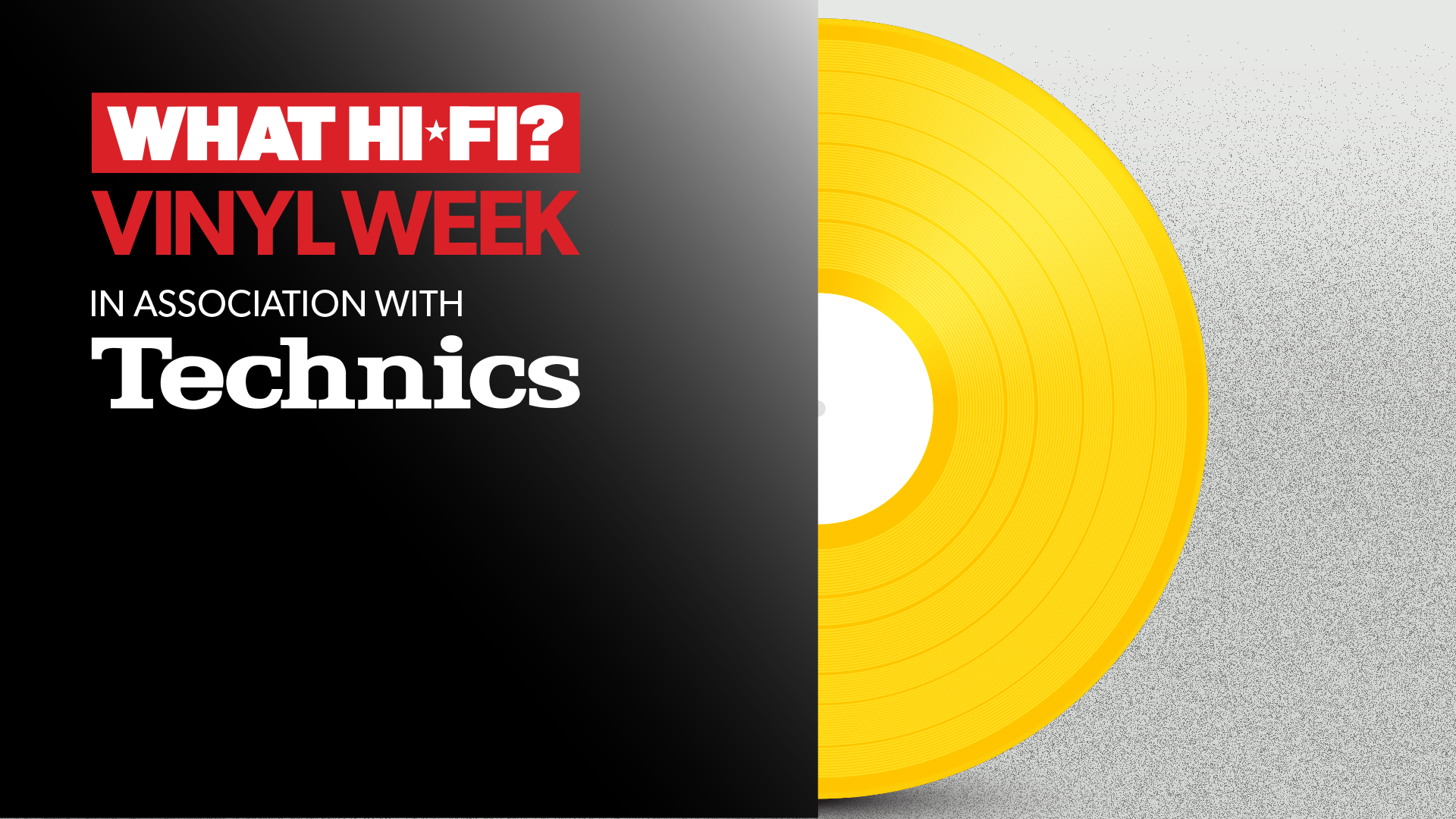
MORE:
Ready for a deep dive? How to set up a turntable and get the best sound
Here are our top tips for buying second-hand vinyl
Get the What Hi-Fi? Newsletter
The latest hi-fi, home cinema and tech news, reviews, buying advice and deals, direct to your inbox.
Joe has been writing about tech for 20 years, first on staff at T3 magazine, then in a freelance capacity for Stuff, The Sunday Times Travel Magazine (now defunct), Men's Health, GQ, The Mirror, Trusted Reviews, TechRadar and many more. His specialities include all things mobile, headphones and speakers that he can't justifying spending money on.
You must confirm your public display name before commenting
Please logout and then login again, you will then be prompted to enter your display name.

